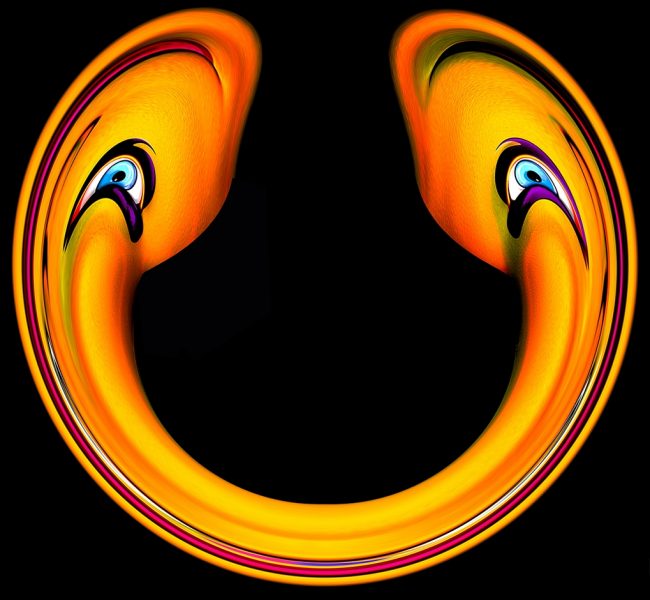smiley designed
The “smiley” is a small drawing that represents a smiling face. It has become a highly popular symbol in contemporary culture and is often used to express joy, humor, love, sympathy, or gratitude in electronic messages and social media.
The history of the smiley dates back to the 1960s when Harvey Ball, an American artist, created the very first smiley. It was commissioned by an insurance company to boost the morale of its employees. The original design featured a yellow circle with two black dots for eyes and a curved line for the mouth.
However, the smiley as we know it today is often attributed to French artist Franklin Loufrani, who created a simplified version of the smiley in 1972 for a licensing campaign in Europe. This version also featured a yellow round shape with eyes and a smiling mouth but added black lines to give the impression of eyebrows and black hair.
Since then, the smiley has become a universal symbol of joy and positivity, used worldwide to communicate positive emotions. The smiley has become a true cultural phenomenon, with many derivatives, including animated and customized versions to fit different cultural and emotional contexts.
Furthermore, to emphasize its symbolism, I wanted to rework its design (which I find ugly) by giving it an even bigger smile reaching up to the ears and eyes filled with joy.
Bjork: “Violently Happy”
ODE TO JOY
Joy is that capricious emotion that gives us a slap when we least expect it. We search for it in the labyrinths of our lives, in the gray days when everything seems to be falling apart. But joy is never there when we want it. No, it shows up when we’re neck-deep in darkness, when we think everything is doomed.
It’s in the eyes of a loved one, that gaze that can make you feel alive, even when everything around is in ruins. It’s the moment when your fingers brush, a touch so simple it almost seems sacred in this world of shadows. Joy is the warmth of an embrace, the laughter that bursts like fireworks in an empty bar. It’s the little nothing that makes everything seem a bit less dark.
It is fleeting, like a light in an endless tunnel. We find it in stolen moments, in pure silliness where we forget everything else. It’s the sharing of a silence, a glance, a smile that breaks the chains of routine. Joy is that happiness snatched from the life that crushes us, a gulp of fresh air in a stifling world.
It doesn’t easily catch. It slips away when we try to grasp it, but it is there, sometimes, in the eyes of a loved one, in the warmth of a half-formed kiss. It’s that tingling in the stomach, that laughter that erupts like thunder in the grayness of our lives. It’s a glimmer in the pitch-black night, a flash of hope in a world that seems ready to swallow us whole.
So we seek it, we court it, even though we know it can disappear as quickly as it arrived. Because it is the only thing that reminds us that there is still something real, something worth it. Joy is that fleeting spark that makes us keep going, that gives us a reason to smile even when everything seems lost. It is the breath that keeps us standing, the promise that behind the bitter days, there are still moments that can save us from our own abyss.

